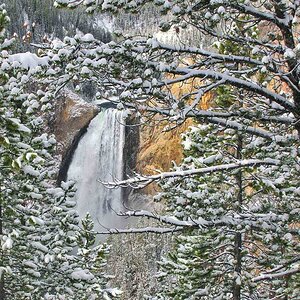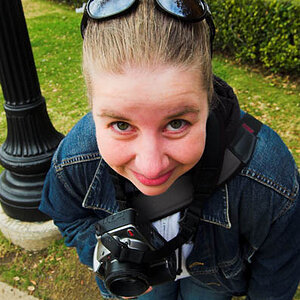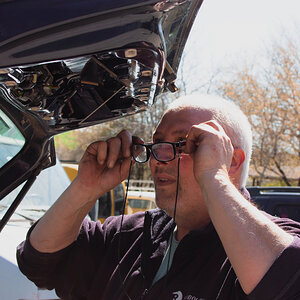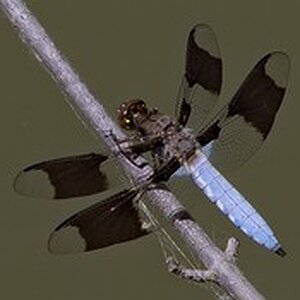Alpha
Troll Extraordinaire
- Joined
- Mar 15, 2005
- Messages
- 5,451
- Reaction score
- 41
- Location
- San Francisco
- Can others edit my Photos
- Photos NOT OK to edit
On the other hand, one incidental benefit of Speedo's (and many pack systems in general) rigidity is that you're locked into the ratio. While you can't fine-tune each light very well on a single pack, the ratio between lights stays the same when you dial down the whole pack. So while you lose the ability to fine-tune each head, you never have to worry about whether the ratio is still correct while you're fiddling with individual lights.









![[No title]](/data/xfmg/thumbnail/32/32930-09414fc020c2a60a456ff59a05c5ef8f.jpg?1619735759)


![[No title]](/data/xfmg/thumbnail/32/32926-ec27ecead8c80d803404500d8f888dbf.jpg?1619735754)